A team of scientists from Belgium investigated the plasma‐induced chemistry in organic solutions of polylactic acid (PLA), and their effects on the resultant PLA nanofibers.
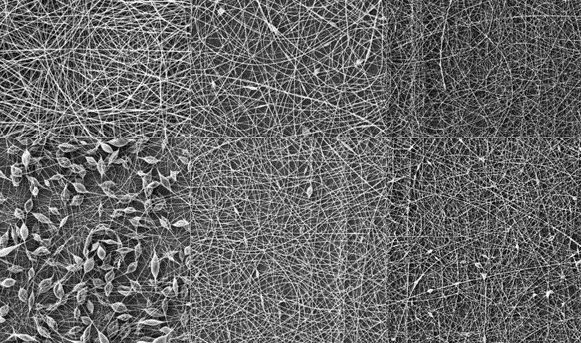

A team of scientists from Belgium investigated the plasma‐induced chemistry in organic solutions of polylactic acid (PLA), and their effects on the resultant PLA nanofibers.
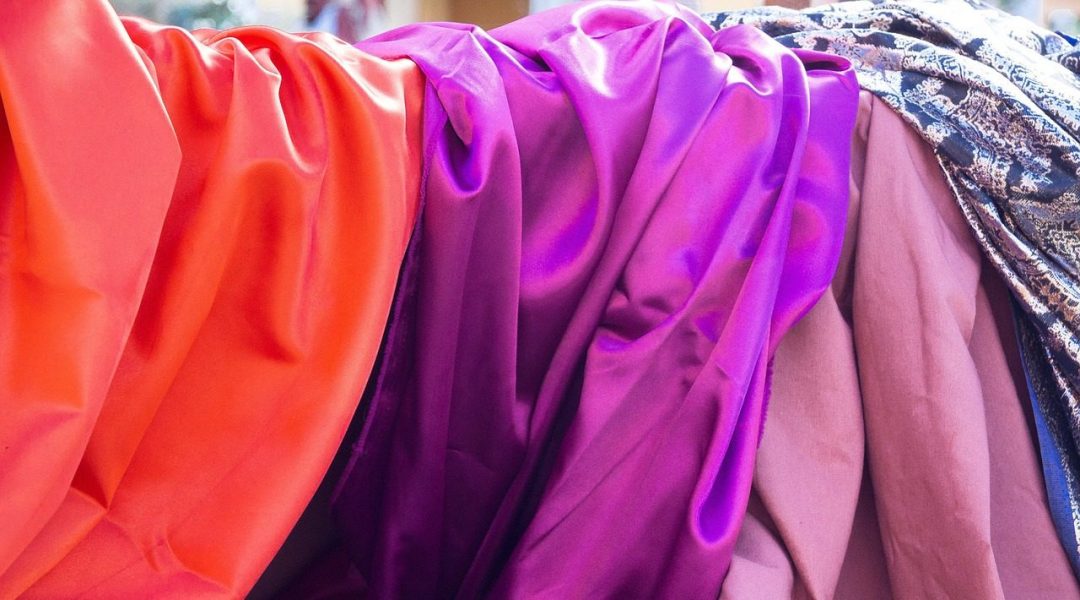
Silk’s highly tunable range of mechanical properties, degradation rates and material formats arise from subtle changes at the microscopic level.
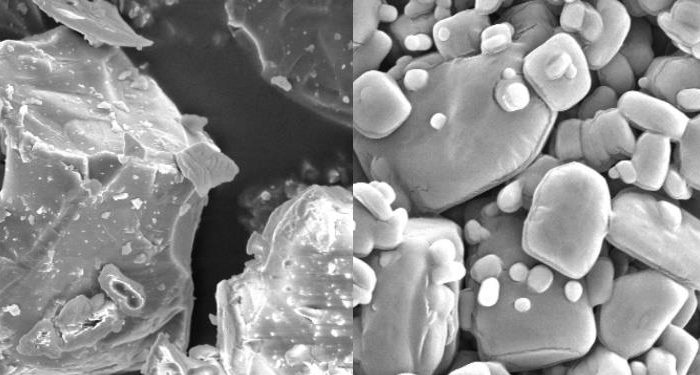
A strong bioinspired adhesive is developed to aid bone fracture healing.
![A Noah’s-Ark-Like Cell Carrier for Tissue Regeneration [Video]](https://www.advancedsciencenews.com/wp-content/uploads/2018/07/adma201802273_ASN_image.png)
Highly porous microspheres are developed as injectable scaffolds for tissue regeneration based on polyhydroxyalkanoate (PHA), a family of natural biopolyesters.
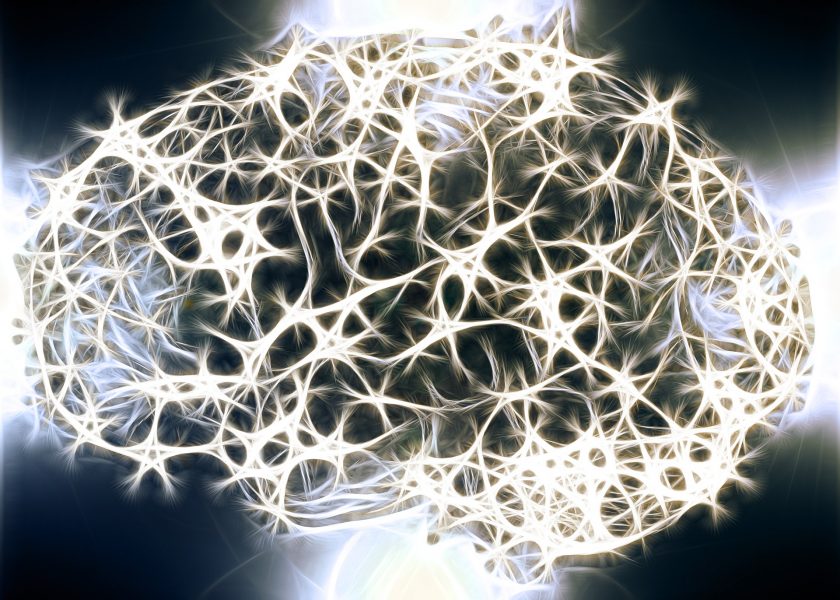
Rapid and efficient protocols to culture and genetically engineer iPSC lines for neuronal differentiation.
![Repairing Bone Fractures Using High‐Performance Thiol-Ene Adhesive [Video]](https://www.advancedsciencenews.com/wp-content/uploads/2018/06/asfm201800327_ASN_image.jpg)
A new adhesive is developed for in vivo fracture fixation.
![Polyphosphate-based Smart Material for Implants [Video]](https://www.advancedsciencenews.com/wp-content/uploads/2018/06/smll201801170_ASN_image.jpg)
A team of researchers demonstrate Ca–polyphosphate (polyP) nanoparticles (NPs) as a smart biomaterial for regenerative medicine applications.
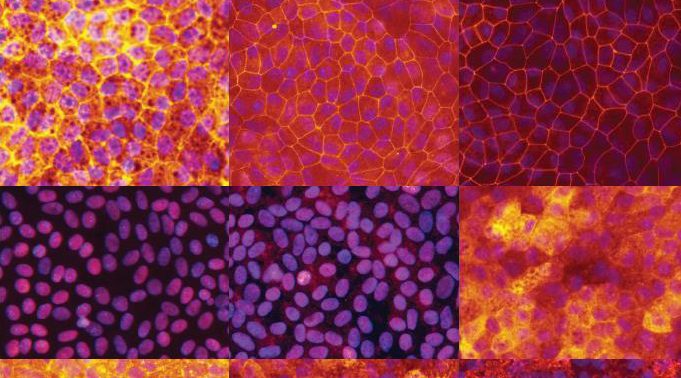
Advanced protocol for high quality primary human retinal pigment epithelium stem cell-derived cultures
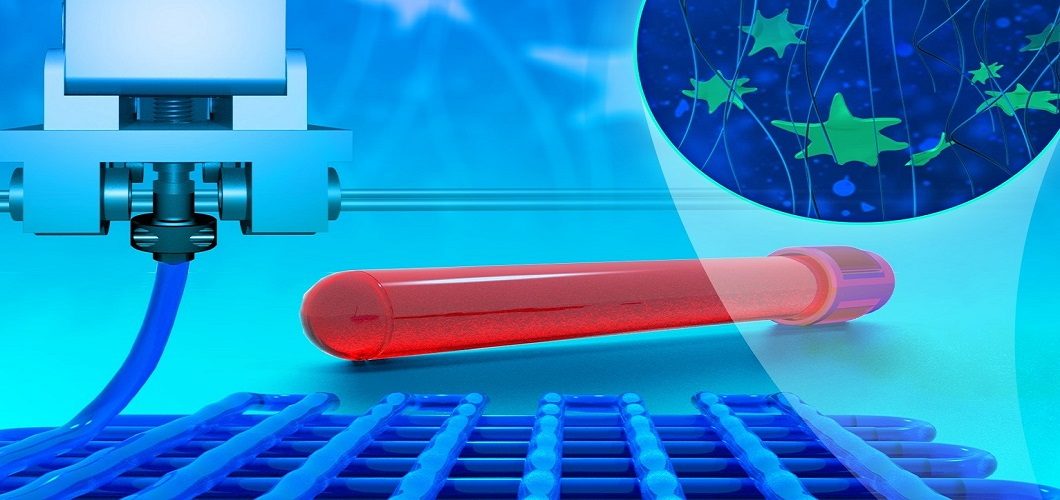
Check out the latest covers of Advanced Healthcare Materials!
![High-Volume Scaffolds for Tissue Regeneration [Video]](https://www.advancedsciencenews.com/wp-content/uploads/2018/06/adma201706570_ASN_image.png)
Highly ordered, large-volume MEW scaffolds for tissue regeneration are constructed by overcoming the limitations that currently limit scaffold size in melt electrospinning writing.